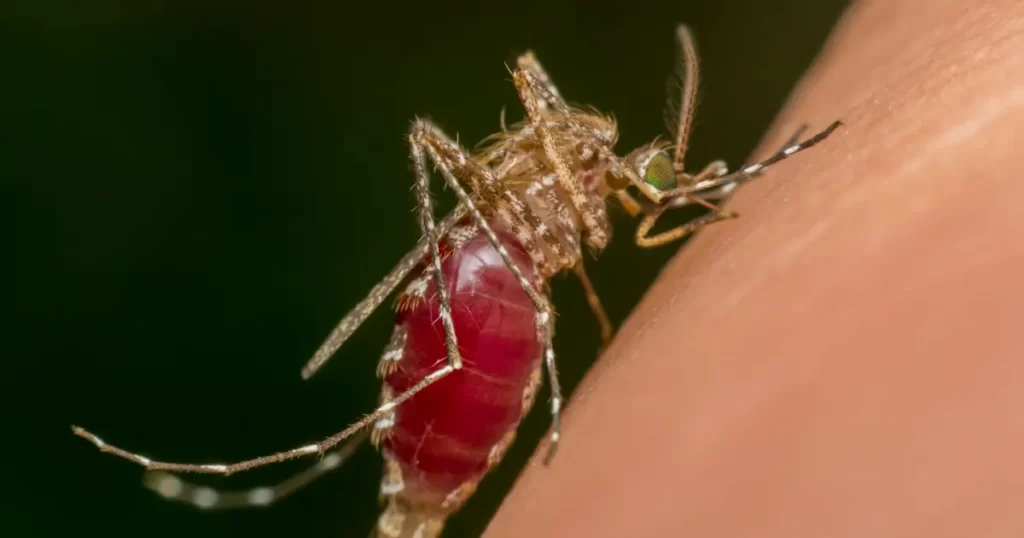Over 40% of nearly 8,600 US adults who had advanced hepatitis B–related liver disease appear to have received no treatment for their infection, a gap especially apparent in women and Black or White patients, according to findings published yesterday in JAMA Network Open.
A team led by a Stanford University researcher and including scientists from hepatitis B virus (HBV) drug maker and study funder Gilead Sciences evaluated the HBV treatment status of 8,594 infected patients included in an electronic health record data network from April 2016 to December 2022. The study focused on patients who met American Association for the Study of Liver Diseases 2016 and 2018 qualification criteria for HBV treatment.
“Treatment of hepatitis B virus (HBV) infection reduces the risk of disease progression and negative outcomes such as hepatic decompensation and hepatocellular carcinoma (HCC),” the researchers wrote. “Studies from select populations in the US suggest that treatment levels are low; whether this pattern occurs nationally remains unclear.”
3 in 4 not prescribed antiviral drug
The median patient age was 46 years. While 51.5% of patients were women, only 12.2% qualified for treatment, compared with 21.7% of men. Only 57.2% of patients who qualified for treatment due to elevated biochemical and viral levels received it.
Of 723 patients with advanced fibrosis (scarring) and 587 with cirrhosis or liver decompensation (severe functional damage and cirrhosis complications), 43.3% and 40.0%, respectively, didn’t receive treatment, and 75% of patients weren’t prescribed an antiviral drug.
An analysis revealed that only 17.3% of all pregnant and non-pregnant women aged 18 to 44 years received treatment, with persistent racial disparities. Achieving an undetectable HBV DNA level during pregnancy is important to minimizing the risk of mother-to-child HBV transmission.
A multivariable analysis among the overall cohort showed that women were 33.0% less likely to be treated than men (odds ratio [OR], 0.67). Relative to Asian patients, Black (OR, 0.66) and White (OR, 0.80) patients and those of unknown or other race (OR, 0.72) had lower odds of treatment.
“These findings suggest a missed opportunity to prevent progression of HBV infection and highlight the need for better educational efforts,” the authors concluded.
Omitting vaccine birth dose would be ‘major step backward’
In a commentary in the same journal, Amir Mohareb, MD, of Massachusetts General Hospital, and Arthur Kim, MD, of Harvard Medical School, noted that the risk of perinatal HBV transmission from mother to child is very low in the United States due to the availability of HBV immunoglobulin and the HBV vaccine birth dose.
Removing the recommendation for universal birth-dose vaccination would be a major step backward for elimination of HBV.
But “there is cause for concern that this policy may change, as newly appointed members of the Advisory Committee on Immunization Practices in 2025 debate removing the recommendation for birth-dose HBV vaccination in the US,” they wrote.
“Removing the recommendation for universal birth-dose vaccination would be a major step backward for elimination of HBV and would be potentially in direct contradiction to the Department of Health and Human Services Viral Hepatitis National Strategic Plan for the US,” they added.













